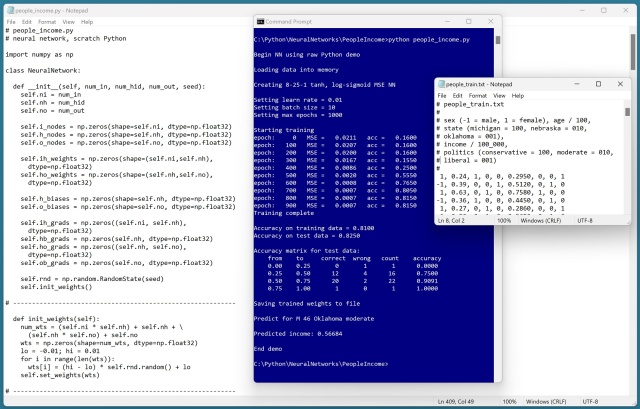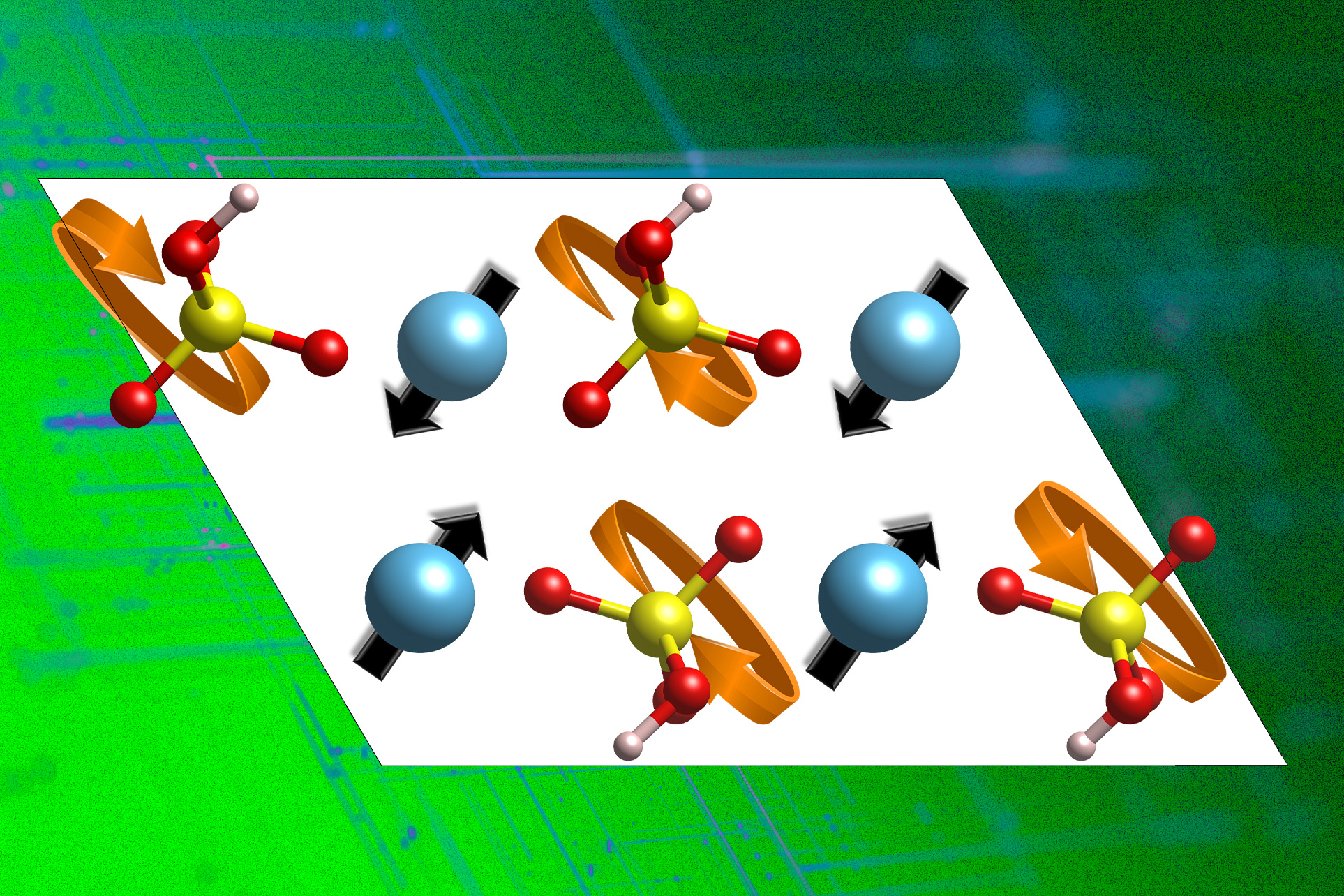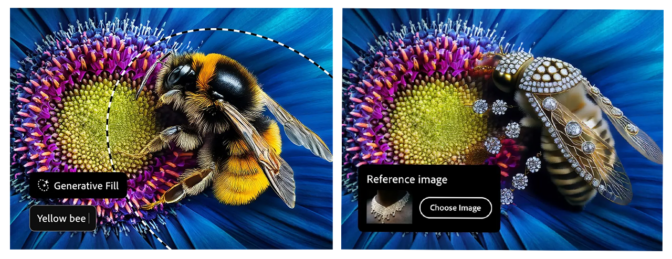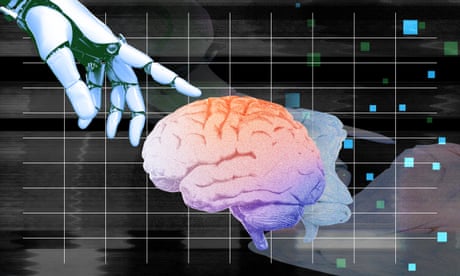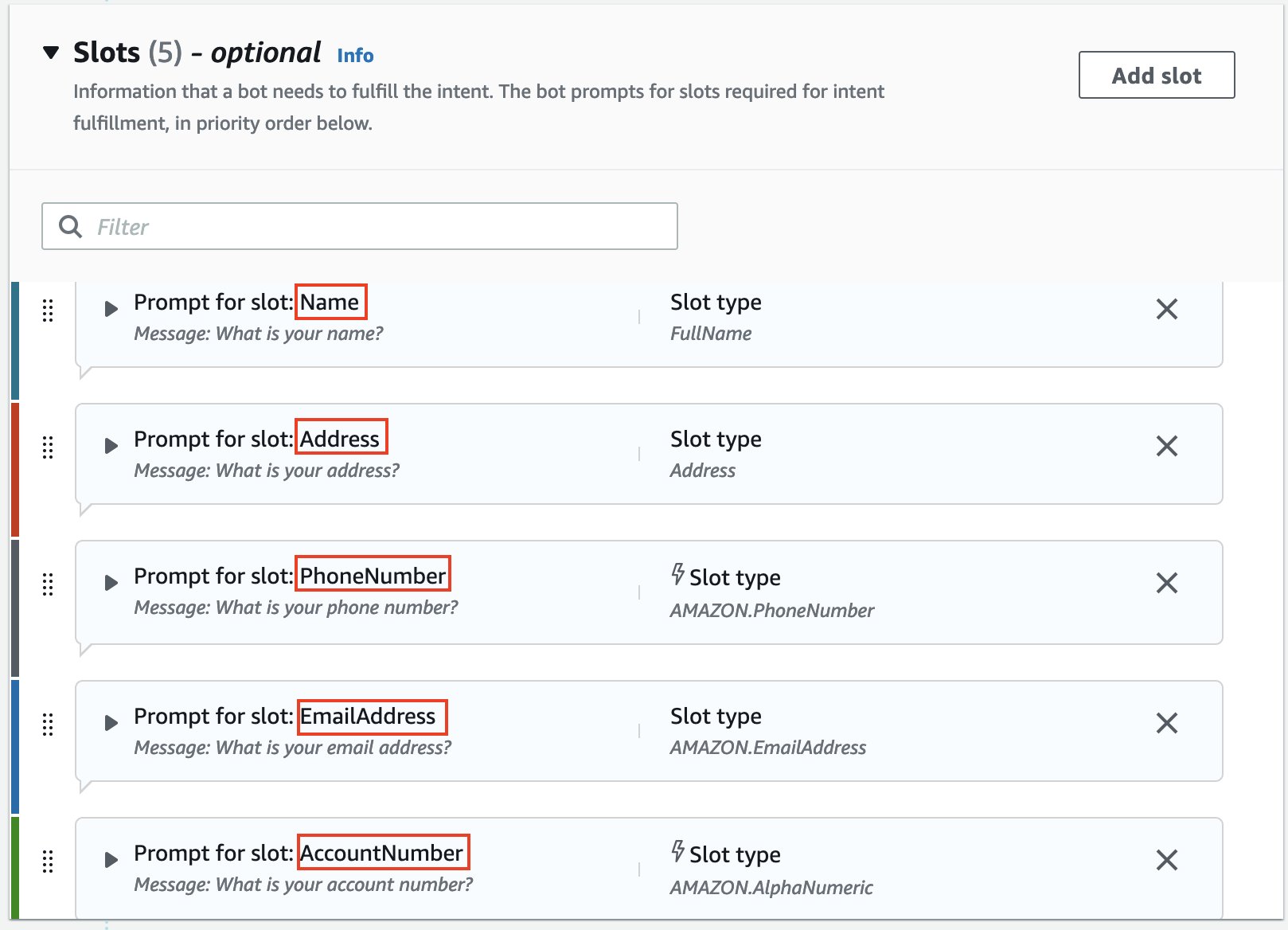Generative AI poses a threat to public discourse and political accountability, as demonstrated by the recent AI-generated video of Steven Miles on TikTok. The uncanny features and unsettling details of the video highlight the ongoing concerns about the use of deepfakes in politics.
Neural network implementation for predicting income based on demographic data is complex but rewarding. Data encoding, training process, and network creation are crucial steps in achieving accurate predictions.
MIT engineers have identified new materials for fast proton conduction, essential for clean energy technologies like fuel cells. Current high-temperature inorganic materials may be replaced by lower-temperature alternatives for more efficient and durable applications.
NVIDIA AI Foundry helps businesses create custom AI models tailored to their industry needs, with support from leading companies like Amdocs and Capital One. The service includes foundation models, accelerated computing, expert support, and a partner ecosystem to drive AI innovation.
Real-time water quality monitors with AI help assess immediate risk of illness from bacteria in southern England's swimming spots. Wessex Water's sensors accurately predict high bacteria levels 87% of the time at pilot study site Warleigh Weir.
Team NVIDIA emerged victorious at the Amazon KDD Cup 2024, showcasing their expertise in generative AI across multiple challenging categories, including text generation and name entity recognition. Their innovative approach, using the Qwen2-72B LLM and QLoRA technique, outperformed competitors by fine-tuning models on eight NVIDIA A100 Tensor Core GPUs, demonstrating their ability to handle rea...
Adobe Creative Cloud applications, powered by NVIDIA RTX GPUs, enhance creativity and productivity with Generative AI tools like Firefly. Adobe Photoshop and Illustrator feature new Generative Fill and Shape Fill tools, revolutionizing design workflows.
AI advancements are both thrilling and alarming. Screenwriter tests AI for screenplay, AI suggests improvements. Novel outdated in AI era.
Master Cargo.toml formatting rules to avoid frustration. Rust's consistency compared to JavaScript, with surprises in Cargo.toml explained in 9 wats and wat nots.
Meta introduces Llama 3.1 405B AI model, claiming it competes with OpenAI and Anthropic in various tasks. The new open-source system is set to challenge established competitors in the AI field.
Runway's Gen-3 Alpha text-to-video synthesis model creates HD clips from prompts. It excels at mixing concepts but struggles with generalization beyond training data.
Machine-learning models can improve fairness by introducing randomization, preventing systemic injustices in resource allocation. Researchers from MIT and Northeastern University present a framework for introducing randomization without sacrificing efficiency or accuracy.
Elon Musk launches "world's most powerful AI training cluster" in Memphis with xAI, X, and Nvidia collaboration. Skeptics question Musk's claims amidst past issues with xAI's Grok chatbot.
Researchers from MIT and ETH Zurich developed an AI model to identify different stages of DCIS from breast tissue images, potentially streamlining diagnosis and treatment. By analyzing the spatial organization of cells, the model could help clinicians predict which DCIS cases may progress to invasive cancer, paving the way for more efficient and personalized care.
Protecting personally identifiable information (PII) is crucial for consumer trust. Amazon Lex and CloudWatch offer solutions to detect and mask sensitive data, reducing the risk of exposure in logs and transcripts.


